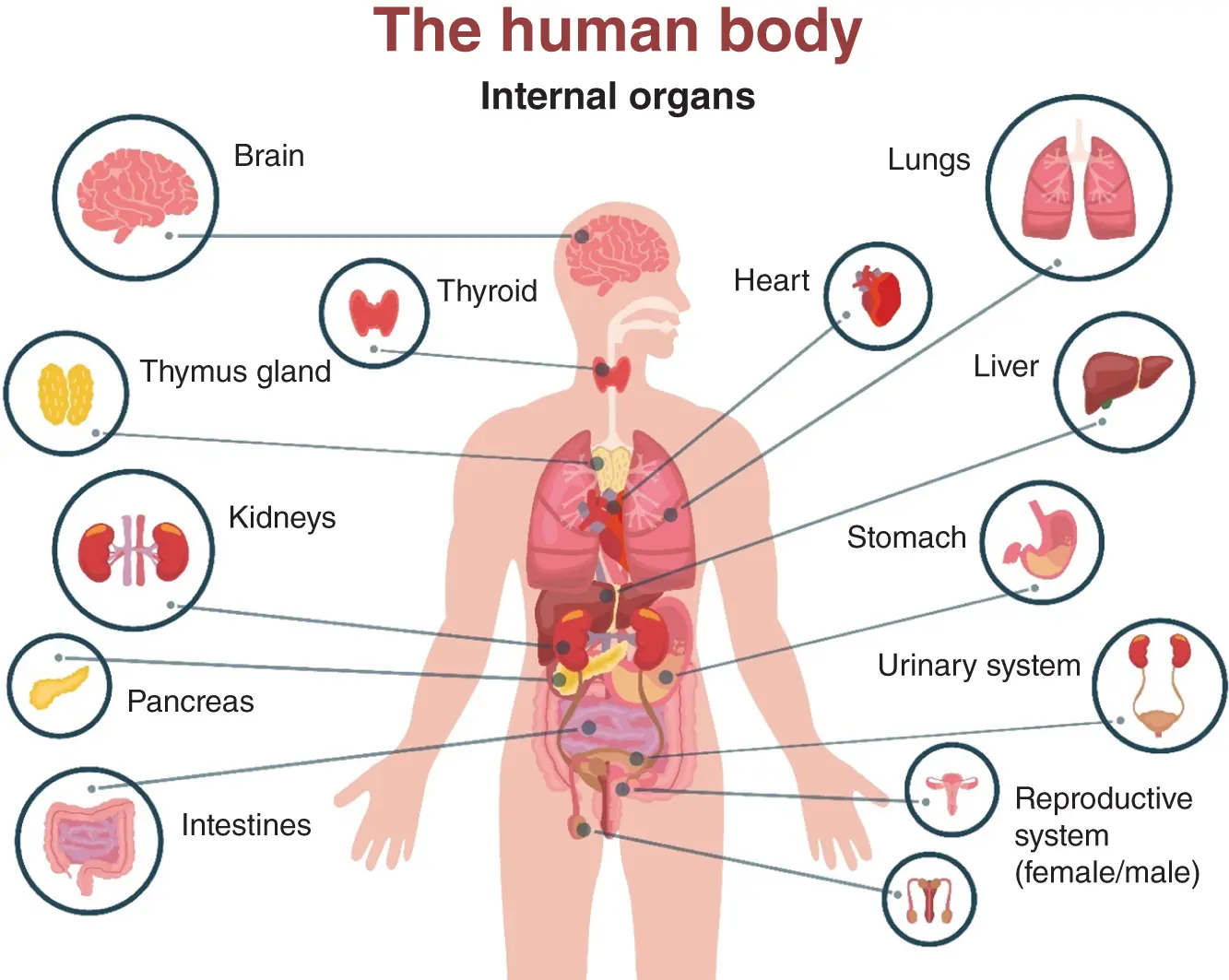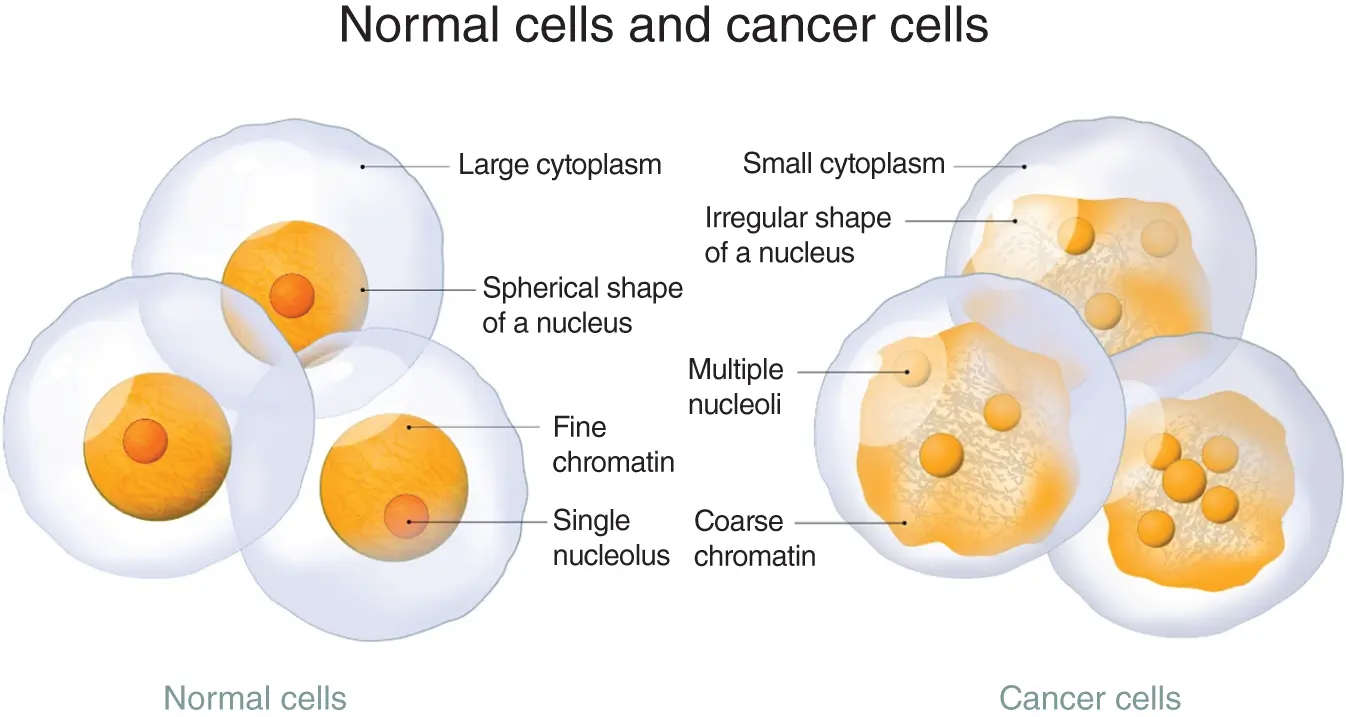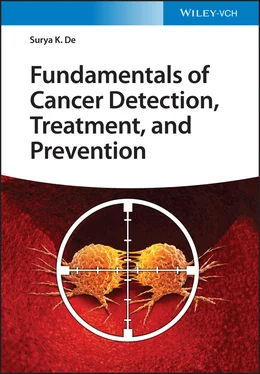1 Johnston, M. (2006). The Pharmacy Technician Series: Fundamentals of Pharmacy Practice, 24. Pearson Prentice Hall.
2 Davidson, T. (ed.) (1907). Chambers's Twentieth Century Dictionary of the English Language. W & R Chambers Ltd.
3 BNF (British National Formulary) (n.d.) published twice yearly by the British Medical Association and Royal Pharmaceutical Society of Great Britain.
4 Taber's Medical Abbreviations (2019). Taber's Online. (accessed 17 July 2019).
5 The Joint Commission (2019). Patient Safety and Performance Measurement Fact Sheets. Facts About the Official “Do Not Use” List of Abbreviations. June 2019 (accessed 17 July 2019).
6 FDA (2019). MedWatch: The FDA Safety Information and Adverse Event Reporting Program. (accessed 17 July 2019).
7 Shekelle PG, Wachter RM, Pronovost PJ et al. (2013). Making Health Care Safer II: An Updated Critical Analysis of the Evidence for Patient Safety Practices. Comparative Effectiveness Review No. 211. (Prepared by the Southern California‐RAND Evidence‐based Practice Center under Contract No. 290‐2007‐10062‐I.) AHRQ Publication No. 13‐E001‐EF. Rockville, MD: Agency for Healthcare Research and Quality. www.ahrq.gov/research/findings/evidence-based-reports/ptsafetyuptp.html.
8 Kilner, W.B. (ed.) (1886). A Compendium of Modern Pharmacy and Druggists' Formulary. HW Rokker.
9 FDA Consumer Updates (2019). FDA and ISMP Work to Prevent Medication Errors. Drugs.com (29 March 2012). (accessed 17 July 2019).
10 FDA (2021). Animal and Veterinary. A Microgram of Prevention is Worth a Milligram of Cure: Preventing Medication Errors in Animals (accessed 14 August 2021).
1 An Overview of Cancer
1.1 Introduction
Cancer originates at a cellular level and can occur almost anywhere in the body. Cells are the basic building blocks making up the body, with almost 37 trillion cells in an average human. Normal human cells grow and divide in an orderly process to form new cells as the body requires them. When cells grow old or become damaged, they die, and new cells take their place.
Cancer forms when normal cell processes break down. The safeguards that are characteristic of healthy cells fail, resulting in the cells becoming increasingly abnormal or out of control. Old or damaged cells survive when they should die, and new cells form when they are not required. These extra cells may divide without stopping, forming growths called tumors or cancers. The cancer cells continue to grow and make new cells, resulting in issues in the location where they began ( Figure 1.1).
Of the almost 200 different diseases categorized as cancer, most form solid masses of tissue called tumors . Blood cancers, such as leukemias, normally do not form solid tumors. However, common to both tumor‐forming and non‐tumor‐forming cancers is uncontrolled, abnormal growth.
Not all tumors are cancers. There are two types of tumors: malignant and benign. Malignant tumors are dangerous, as they can spread into, or invade, nearby tissues. When these tumors grow, a few cancer cells can break away and spread to other parts of the body through the blood or lymphatic system, resulting in the development of new tumors distant from the original tumor.
Benign tumors are not as dangerous. They do not spread into, or invade, nearby tissues or organs. Benign tumors can be large or small. When removed, they usually do not come back, whereas malignant tumors do. Nonetheless, if a benign tumor is located in a sensitive place like the brain, it can still cause some problems.
Cancer is a major public health problem worldwide and the second leading cause of death after heart disease. Cancer has a huge impact on society in the United States and across the world. Statistical data documents the tremendous numbers of people diagnosed with cancer each year, along with mortality rates. These numbers are further broken down to show the incidence and effects of cancer within various groups defined by age, sex, ethnicity, geographic location, diet, lifestyle, and other factors.

Figure 1.1 The human body contains internal organs and systems, any of which can be the origin of cancer.
According to the World Health Organization:
Cancer is the second leading cause of death globally, and is responsible for an estimated 10 million deaths in 2020, and an estimated 19.3 million new cancer cases.
Globally, about 1 in 6 deaths is due to cancer.
Approximately, 70% of deaths from cancer occur in low‐ and middle‐income countries.
1.3 Differences Between Normal Cells and Cancer Cells
Cancer cells differ from normal cells ( Figure 1.2) in many respects [1–3]:
Appearance:Under a microscope, normal cells and cancer cells look significantly different. Cancer cells often display much more variability in cell size, with some larger than or smaller than normal cells.

Figure 1.2 Cancer cells are less organized than normal cells and grow in an uncontrolled fashion.
Growth:Normal cells stop reproducing when enough are present. For instance, if cells are required to repair a cut in the skin, new cells are no longer produced when there are enough cells present to fill the gap. Cancer cells, however, do not stop growing and reproducing, and their continuous growth results in the formation of a tumor.
Communication:Cancer cells don't interact with other cells in the same way as normal cells. Normal cells respond to signals sent from other nearby cells to stop growing. Cancer cells do not respond to these signals.
Cell repair and cell death:Regular cells are repaired or die (in a process called apoptosis ) when they are damaged or get old. Cancer cells either are not repaired or do not undergo apoptosis. The p53 gene regulates cell repair and apoptosis. When this gene is mutated or inactivated, a tumor begins.
Stickiness :Normal cells produce substances that keep them cohesive within a group, as opposed to cancer cells, which do not produce these substances and can therefore spread to other body locations via the bloodstream or lymphatic system.
Ability to metastasize (spread):Normal cells remain in the same area of the body where they serve a particular function, e.g. kidney cells remain in the kidneys. Due to their lack of cohesion, cancer cells are able to move through the bloodstream and lymphatic system to other locations of the body. In these new locations, they have the ability to metastasize, forming tumors distant from the original tumor.
Rate of growth:Normal cells reproduce themselves in a controlled, orderly process, but cease reproducing when enough cells are present. Cancer cells reproduce at abnormal rates, often rapidly and with no stopping mechanism.
Maturation :Normal cells mature with age, whereas cancer cells remain immature and continue to reproduce unchecked before they are fully mature.
Evade the immune system:The human body's immune system is a network of organs, tissues, and specialized cells that keeps the body protected from infections and other harmful conditions. When normal cells become damaged, the immune system identifies and removes them. Cancer cells are able to evade removal by the immune system, resulting in the formation of tumors.
Читать дальше














